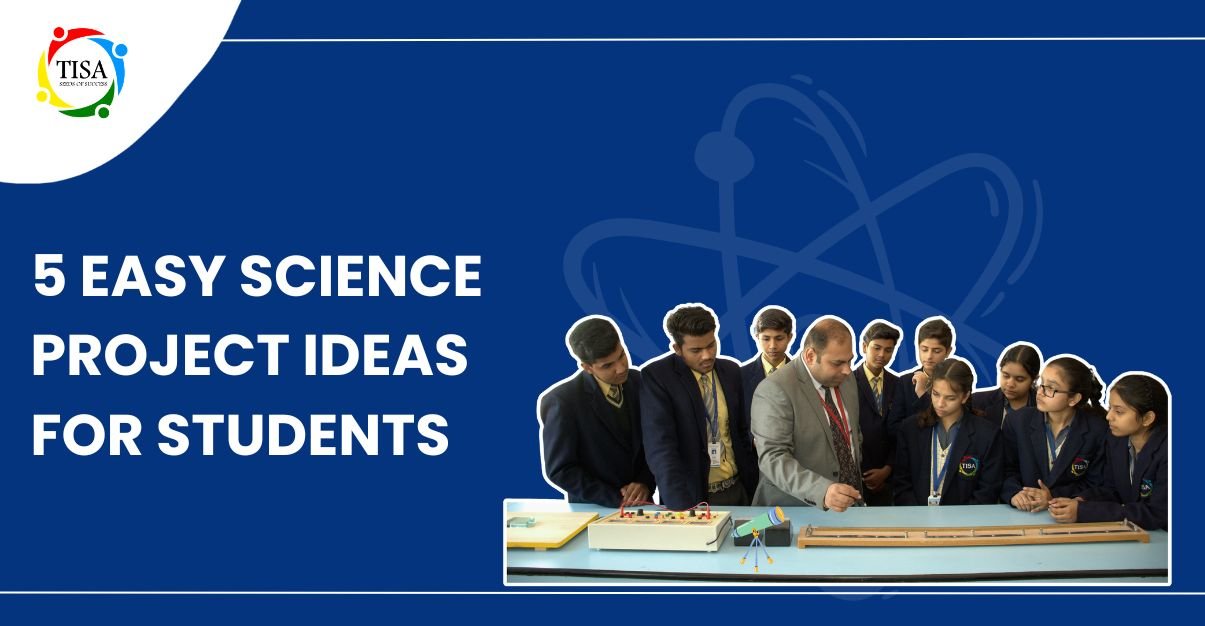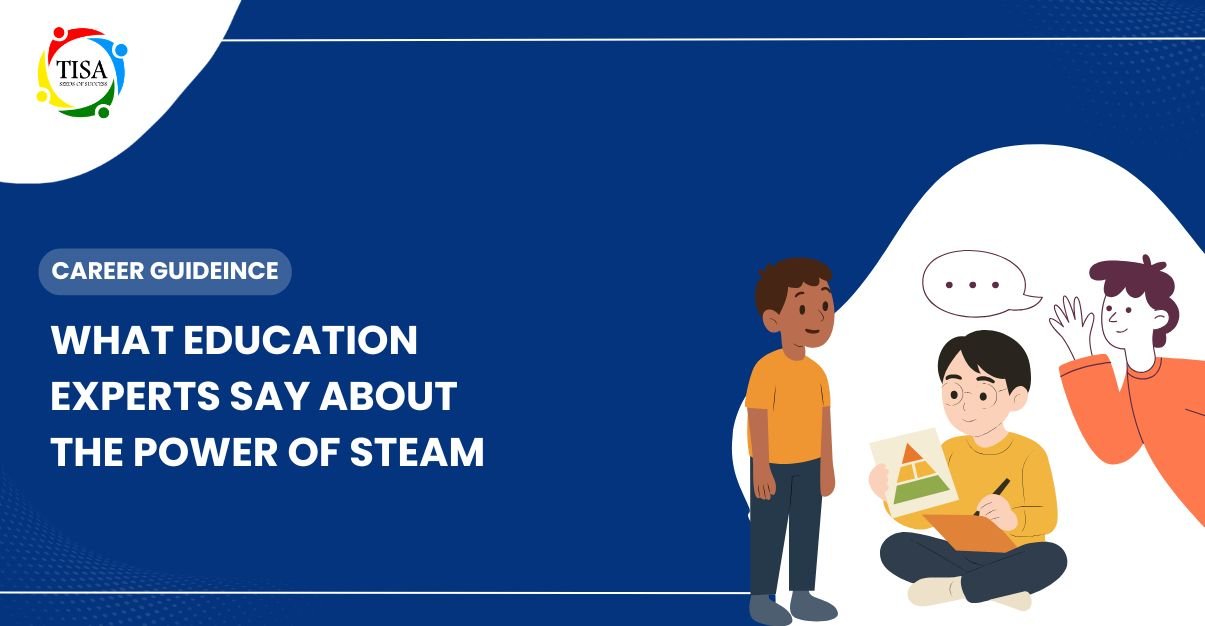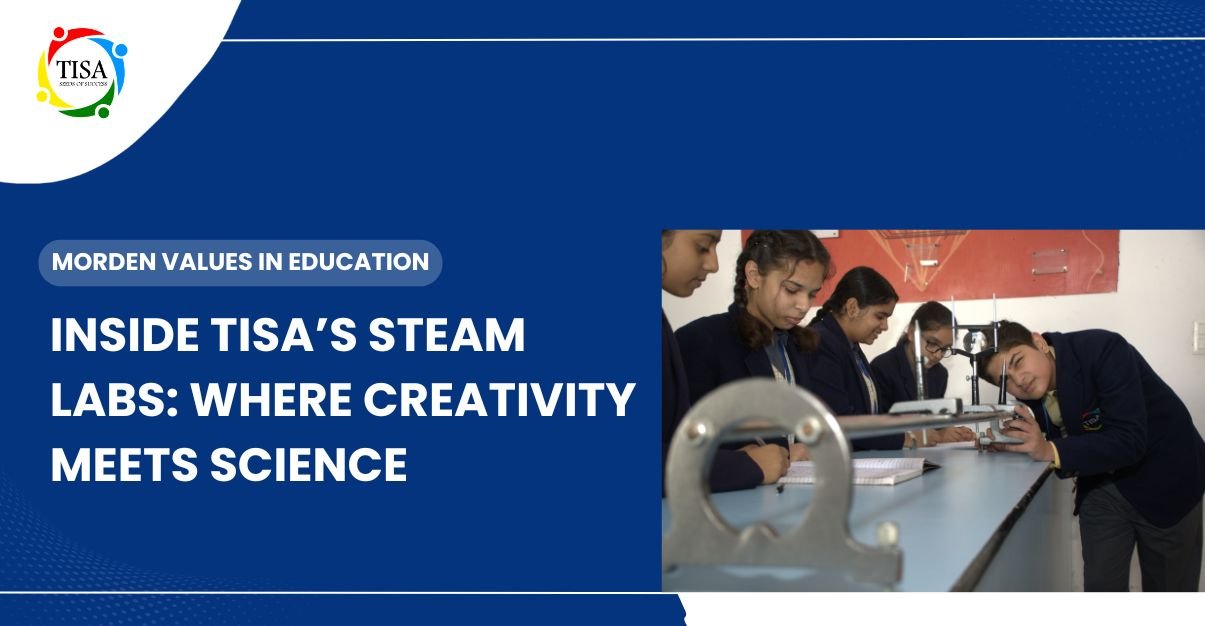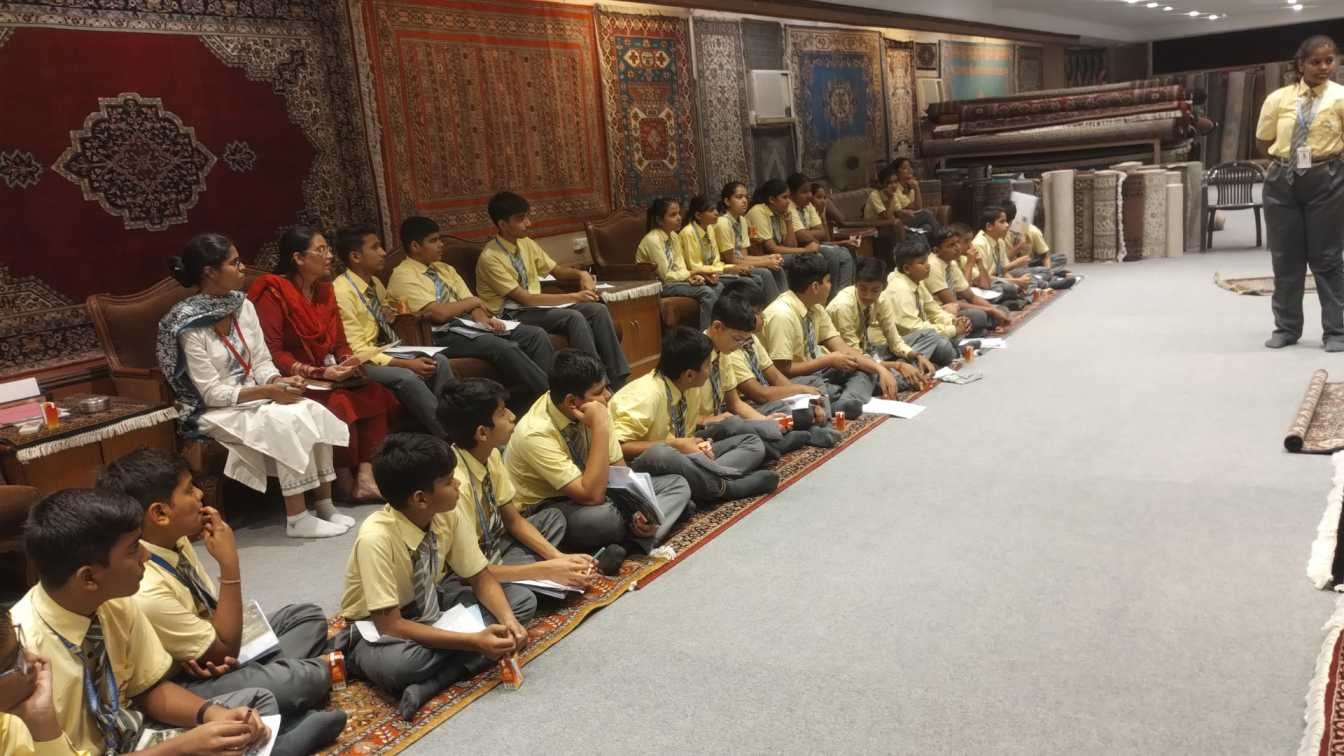Science can be a fun adventure for students to explore such interesting things. Learning can be fun with a few skill developments. Don’t you wonder about how things work in this world?
For example, hot air balloons or a mixture of liquids. Here are a few fun science project ideas that up to class 5th students can do and use in the next science exhibition:
1. The Invisible Ink
Wouldn’t it be fun to communicate secretly and send your friends letters that not everyone can read? That’s the fun of the invisible ink!
All you need:
- Lemon
- Any kind of container, like a bowl.
- Cotton Swab
- Water
- Source of heat, like matchsticks
How To Do It?
- Now, squeeze the lemon juice into the container.
- Add a few drops of water. Don’t dilute it too much; keep the lemon juice abundant.
- Dip the cotton swab into the container and then use it to write something on a blank paper.
- Let it dry. You won’t see anything on the paper.
- Light up a matchstick, gently take it behind the paper, and move it around the written content.
- Don’t burn the paper. You just need to provide enough heat to the paper.
- The ink will start appearing.
- You can also use a light bulb or any other heat source for the experiment to reveal the ink.
Science Behind The Experiment

Lemons contain carbon compounds that are released when they come in contact with heat. The released carbon compounds then oxidize with the air to turn brownish, revealing the writing (ink) on the paper. This is basic chemistry.
2. The Dancing Raisins
Have you ever seen the raisins dancing? Now you can, with this simple yet fun experiment! Feel free to share with your friends.
All You Need
- Two transparent glasses.
- Raisins
- Normal water
- Clear soda (any brand)
How To Do It?
- Pour water into one glass and soda into another glass.
- Pour some raisins into the normal glass of water. You will see them not making any moves.
- Next, pour some raisins into the glass of fizzy soda.
- You will notice that the raisins will move up and down inside the glass of soda.
Science Behind The Experiment
You might think that the reason for the raisins’ movement is the movement of the bubbles. You’re not entirely wrong, but there is more to it.
The soda is full of carbon dioxide. When raisins are dropped into the soda, bubbles attach to them. The bubbles are buoyant (able to float in water), and this buoyancy carries the raisins to the surface.
But upon reaching the surface, the bubbles pop, and the buoyant bubbles disappear, forcing the raisin to go back inside the soda. Hence, you receive dancing raisins.
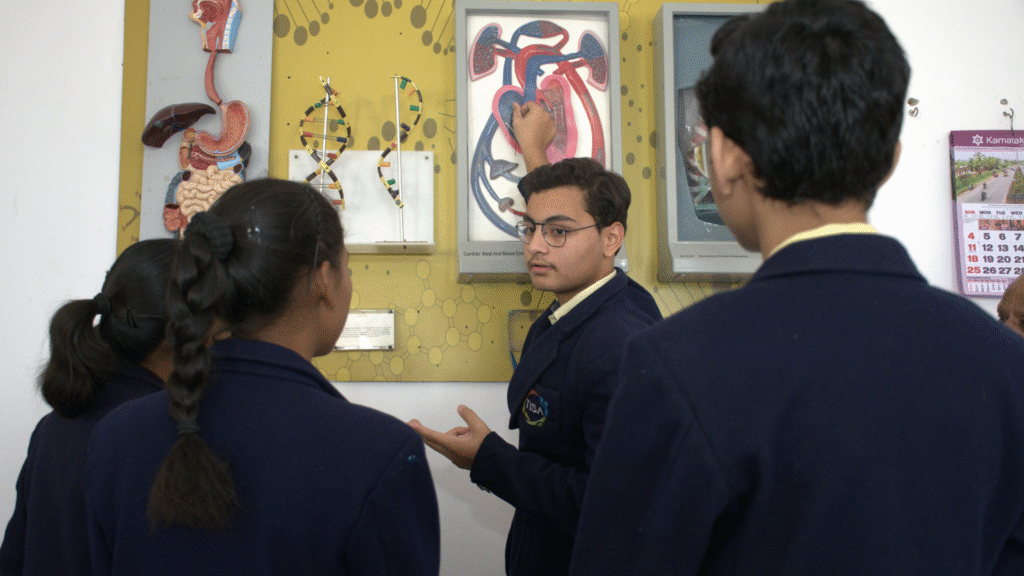
3. The Pepper Cleaner
A simple experiment where you can learn about the surface tension and the magic it holds.
All You Need
- Black pepper (powder)
- A container (plate or bowl)
- Liquid soap
- Water
How To Do It?
- Pour some water into the container. Don’t pour too much. Just form a layer of water (less than an inch is enough)
- Sprinkle the black pepper all over the water. Feel free to fill it up, but don’t sprinkle too much so that it ruins the density of the water. Just enough to cover it from the top.
- After that, dip your fingertip in the liquid soap.
- Then, dip that fingertip in the water that has black pepper.
- You will notice that the black pepper is suddenly clearing the water and moving to the edges of the water.
Science Behind The Experiment
Surface tension is the ability of a liquid to occupy and cover the minimum space required. The law of surface tension is responsible for the formation of water droplets.
When you introduce liquid soap, it has a higher density than water. The molecules of the liquid soap try to occupy the space between the water molecules. As a result, the water retreats and moves to the edge of the bowl, trying to maintain the bond.
Because of its low density, pepper moves along with the water but doesn’t mix with liquid soap, as there isn’t enough molecular space. As a result, you witness the magic of pepper moving to the edge of the container.
4. Fluffy White Soap
Time to melt your soap bar into foam that is soft and smooth!
All You Need
- An ivory (or white) soap.
- A microwave container (like a bowl).
- A microwave.
How To Do It?
- Put the white soap in the bowl or microwave container.
- Put the container inside the microwave.
- Set the timer for 2 minutes and turn on the microwave.
- You will notice the soap turning into a fluffy mess, like whipped cream or foam.
- After two minutes, wait for the container and soap to cool down before pulling it out of the microwave.
- Enjoy the texture.
Science Behind The Experiment
Heating anything will lead to the expansion of molecules. The same thing happens here, but the experiment will mostly work with white soap. Why’s that? White soaps are usually made by using a whipping technique.
This whipped substance forms air molecules and bubbles inside the soap, which aren’t visible normally. But when you heat the soap bar, these air bubbles will expand and create a motion inside the soap bar.
As a result, the entire soap bar will turn into a whipped and fluffy foam. It is still soap, and you can use it without any issues. However, it is a fun way to experiment with the expansion of molecules due to heat.
You can try other colors of soap if you’d like. But it mostly works with ivory soaps.
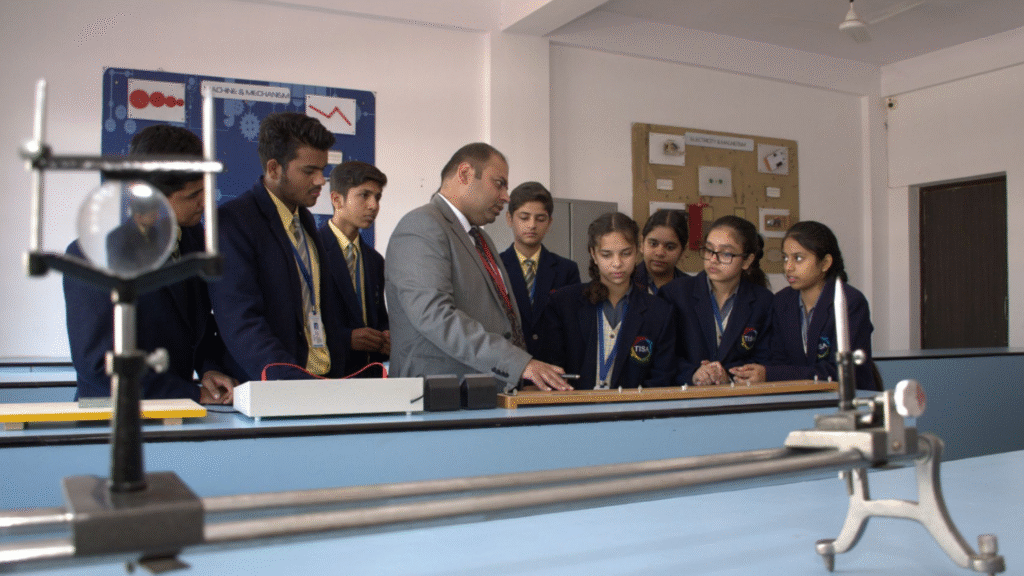
5. The Classic Volcano
Making a volcano eruption will always be one of the best science experiments. It is fun and can be used for skill development. Let’s have a look:
All You Need
- A plastic container (like a cup)
- Towels, or paper, anything to absorb the eruption.
- Water
- Baking Soda
- Vinegar
- Dish Soap
- Colouring Agent (food coloring, paint, or washable paint. Anything works)
How To Do It?
- First, lay down your towels to create a base on the table or any other surface where you plan on erupting your volcano.
- Place the cup on the protected surface.
- Fill the 2/3rd of the cup with water. The water will be your magma.
- Add 1 tablespoon of dish soap to the water.
- Add 3 to 4 tablespoons of baking soda.
- Add color according to your preference.
- Mix all the ingredients well inside the container.
- Once ready, take the vinegar and start pouring it into the cup.
- You will notice the liquid will start erupting and come out of the cup.
- The soap will create foams and bubbles to add fun to the volcano, while the colors are also for visual fun.
Science Behind The Experiment
You’re learning about a simple chemical reaction. Mixing baking soda with vinegar forms carbon dioxide gas. The water, dish soap, and color create an impression of lava, and the volcano will erupt.
The erupting volcano can be more fun if you add snow, glitter, and other objects into it to create the eruption. But don’t go around mixing other chemical stuff.
Safety Warning
Don’t mix bleach, ammonia, sodium hydroxide, or acidic agents. It will lead to poisonous air, harming you and the people in your house. To prevent such mistakes, always read the ingredients of the soap and other cleaning agents you wish to mix. Don’t mix bleach with any of the cleaning agents. It can be fatal. This is not a science experiment. Please stay safe. Practice caution while experimenting. Safety is part of integral skill development for future endeavors. At The International School Agra, we recognize that experimentation to write takes time and practice.

